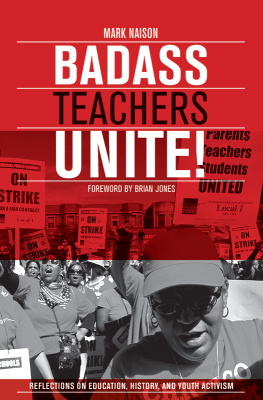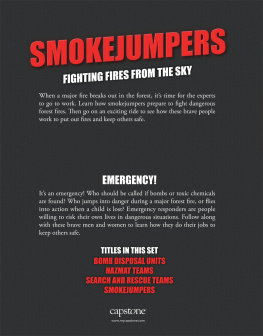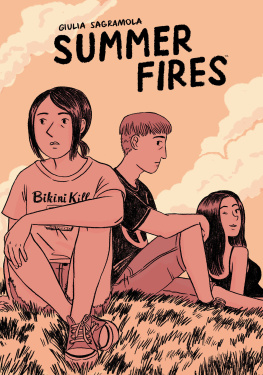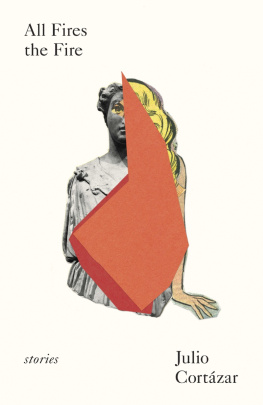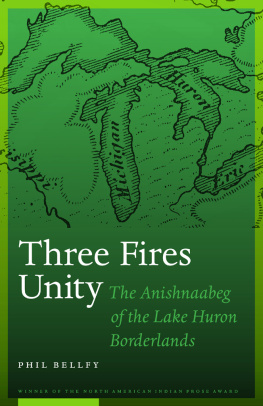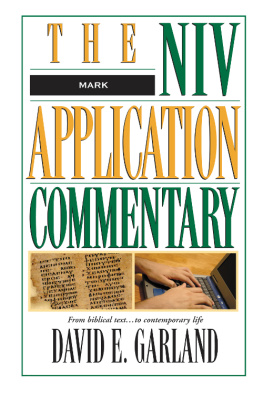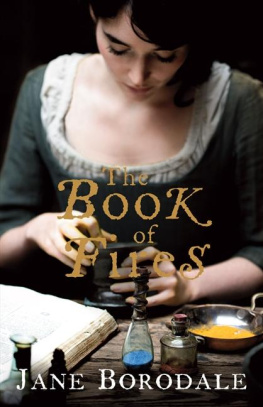Before the Fires
Before the Fires
AN ORAL HISTORY OF AFRICAN AMERICAN LIFE IN THE BRONX FROM THE 1930s TO THE 1960s
Mark Naison and Bob Gumbs
 | Empire State Editions An imprint of Fordham University Press New York 2016 |
Copyright 2016 Fordham University Press
All rights reserved. No part of this publication may be reproduced, stored in a retrieval system, or transmitted in any form or by any meanselectronic, mechanical, photocopy, recording, or any otherexcept for brief quotations in printed reviews, without the prior permission of the publisher.
Fordham University Press has no responsibility for the persistence or accuracy of URLs for external or third-party Internet websites referred to in this publication and does not guarantee that any content on such websites is, or will remain, accurate or appropriate.
Fordham University Press also publishes its books in a variety of electronic formats. Some content that appears in print may not be available in electronic books.
Visit us online at
www.fordhampress.com
www.empirestateeditions.com
Library of Congress Cataloging-in-Publication Data
Names: Naison, Mark, 1946 author. | Gumbs, Bob, author.
Title: Before the fires : an oral history of African American life in the Bronx from the 1930s to the 1960s / Mark Naison and Bob Gumbs.
Description: New York : Fordham University Press, 2017. | Empire State Editions. | Includes bibliographical references.
Identifiers: LCCN 2016015548| ISBN 9780823273522 (cloth : alk. paper) | ISBN 9780823273539 (pbk. : alk. paper)
Subjects: LCSH: Bronx (New York, N.Y.)Biography. | African AmericansNew York (State)New YorkBiography. | African AmericansNew York (State)New YorkSocial life and customs20th century. | Bronx (New York, N.Y.)Social life and customs20th century. | Bronx (New York, N.Y.)Race relationsHistory20th century. | New York (N.Y.)Social life and customs20th century. | New York (N.Y.)Race relationsHistory20th century. | New York (N.Y.)Biography.
Classification: LCC F129.B7 N35 2017 | DDC 305.896/0730742750904dc23
LC record available at https://lccn.loc.gov/2016015548
Printed in the United States of America
18 17 16 5 4 3 2 1
First edition
Acknowledgments
T his book is truly a collective product. It stands on the shoulders of everyone who helped create the Bronx African American History Project, gain support for it in the Bronx community, and build it into a model of universitycommunity collaboration in the reclamation of lost histories and marginalized voices.
Nevertheless, a few individuals deserve special mention. First, Dr. Peter Derrick, chief archivist of the Bronx County Historical Society, who persuaded us to start this project and who has been a steadfast supporter during the BAAHPs entire history. Second, the president of Fordham University, Father Joseph McShane SJ, and the academic deans and administrators of the university, who have given the BAAHP funding and unstinting support as soon as they realized how many Bronx residents welcomed our research and helped shape its direction.
Next, all the Bronx educators and activists who became part of our Community Research Team once they realized the potential of BAAHP to air stories they wanted told, among them my fellow author Bob Gumbs, Jesse Davidson, Nathan Dukes, Harriet McFeeters, James Pruitt, Paul Cannon, Leroi Archible, Andrea Ramsey, Joseph Orange, Jimmy Owens, and Omar Jawu.
Equally important were the faculty members, graduate assistants, research consultants, and staff at Fordham University who played an integral role in the BAAHP as interviewers, event coordinators, fundraisers, and custodians of the BAAHPs database, among them Dr. Jane Edward, Dr. Brian Purnell, Dr. Natasha Lightfoot, Dr. Oneka Labennett, Patricia Wright, Dr. Andrew Tiedt, Dr. Noel Wolfe, Damien Strecker, Maxine Gordon, Dolores Munoz, and Dawn Russell.
And last but not least, we want to thank Fredric Nachbaur, director of Fordham University Press, for believing in this project from the minute we brought it to his attention, and Connie Rosenblum, for doing a brilliant job editing the interviews.
Preface
Bob Gumbs
T oday when people think of the South Bronx, images of violence and the fires of the 1970s come to their minds. The true history of this section of the borough before this period, however, has rarely been accurately documented and told by the African Americans who lived in these communities.
Beginning in the 1930s, African Americans from Harlem, the South, and the Caribbean began to migrate to the South Bronx, then a predominantly Jewish, Italian, and Irish area. Many of these newcomers settled in the Morrisania and Hunts Point sections of the borough, living in public housing, tenements, and private homes.
I was born in Harlem in 1939. My family moved to the Morrisania section of the South Bronx in 1941 after the birth of my younger sister, Jean. My parents were from the Virgin Islands in the Caribbean. We initially lived on Union Avenue and in 1943 moved to Lyman Place, a small block of tenements and private houses between Freeman and 169th Streets.
Lyman Place was the home of two famous jazz musicians, Thelonious Monk and Elmo Hope. Leo Mitchell, who also grew up on the block, later became a drummer with the West Coast jazz trumpeter Chet Baker. Bertha Hope, the jazz pianist and the wife of Elmo Hope, lived there for a few years. A number of future artists, actors, and writers were also residents of Lyman Place.
Upon graduation from Public School 54, I went on to study music at Junior High School 40, one of the few schools in the South Bronx that had a music and art program. Some of the graduates later became professional jazz musicians and graphic artists. I attended the School of Industrial Art (now the High School of Art and Design) in Manhattan and New York City Community College in Brooklyn (now the New York City College of Technology). After serving two years in the U.S. Army, I became a graphic designer, publisher, writer, editor, and photographer.
Morrisania was home to a number of jazz clubs. In 1956, I joined the Jazz-Art Society, a group of young artists and jazz fans. We produced a series of Sunday afternoon concerts at Club 845 on Prospect Avenue. In the mid-1940s the club featured many famous jazz musicians and singers, among them Charlie Parker, Miles Davis, Dizzy Gillespie, Art Blakey, Thelonious Monk, Henry Red Allen, and Helen Merrill. In 1961 the name of the group was changed to the African Jazz Art Society and Studios, and we started the Black Is Beautiful movement, featuring the Grandassa Models, in Harlem.
In 2003, on a visit to Lyman Place, I saw Professor Hetty Fox, a community activist who has lived on the block for many years. She told me about the Bronx African American History Project at Fordham University, which was documenting the history of African Americans in the South Bronx through oral interviews of people who had lived there since the late 1930s. I immediately contacted Professor Mark Naison and made an appointment to be interviewed about my experience growing up in the area. After my interview, I contacted a number of friends about this opportunity to share their stories about life in the South Bronx.
Before the Fires tells the personal stories of seventeen men and women who lived in the South Bronx before the areas social and economic decline, which began in the late 1960s. When I reflect on my years growing up in Morrisania, I realize how fortunate many of us were to have lived in such a stimulating and culturally rich environment. I feel grateful that this book provides an opportunity to share the stories of this neighborhood with the wider world.




